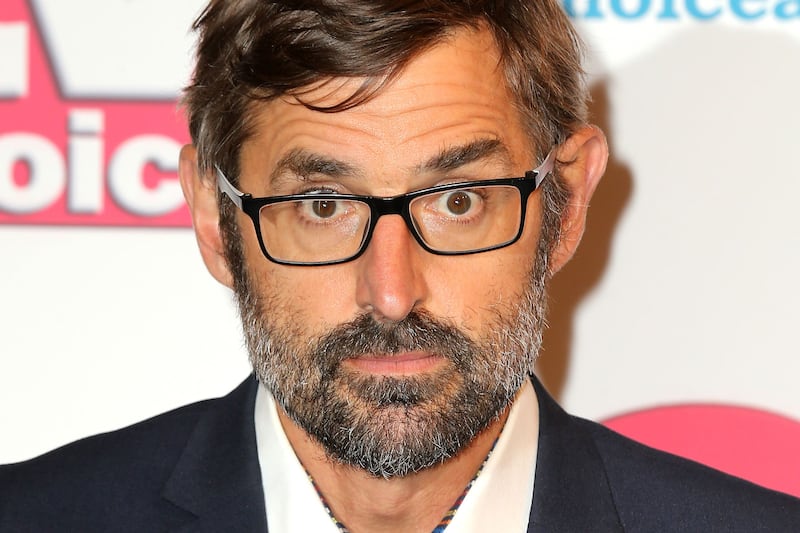What do Richard Hammond, Andy Garcia, Tom Selleck, and Joaquin Phoenix all have in common? They were all born with a cleft lip or palate.
Cleft lip and palate are present in about 40 babies born in Northern Ireland each year and are caused when the lip or roof of the mouth structures do not join properly together.
It's amazing that more people don't have clefts when we consider the mind-boggling number of intense intricacies that are involved in developing a face between the fourth and twelfth week of pregnancy.
Research suggests it may be connected to smoking, diabetes, lack of folic acid or vitamin B, a genetic predisposition, or taking certain medicines like antiepileptics or steroids.
A cleft is one of the things that the medical team is looking for on the scans and if a cleft is picked up during pregnancy while this is not the news that any parent wants to hear, there has been considerable progress in the treatment of clefts over the past decades.
This includes a specific cleft team which is comprised of multiple specialities who are not only concerned with improving the child's physical day-to-day life but also there to provide emotional support for both the child and the family.
After the baby is born the primary focus is helping the baby to feed and cleft nurses guide the family through this process. There are several surgical options that can be considered to close the cleft and improve swallowing, appearance and comfort.
It may be that some children feel they look slightly different, so it is hugely important to strengthen their self-esteem and encourage them to participate as normal, not shy away and try any activity which brings a sense of achievement and boosts self-confidence.

Each person who has a cleft has a different journey as they grow up. As the child grows the dental team often uses braces and dental techniques to replace missing teeth that go hand in hand with clefts.
Typically, after the childhood therapies there are refinement treatments during adulthood depending on the individual's needs and wishes.
It's lovely when people experience a noticeable buoyancy with improved eating, speech and smiling confidence.







